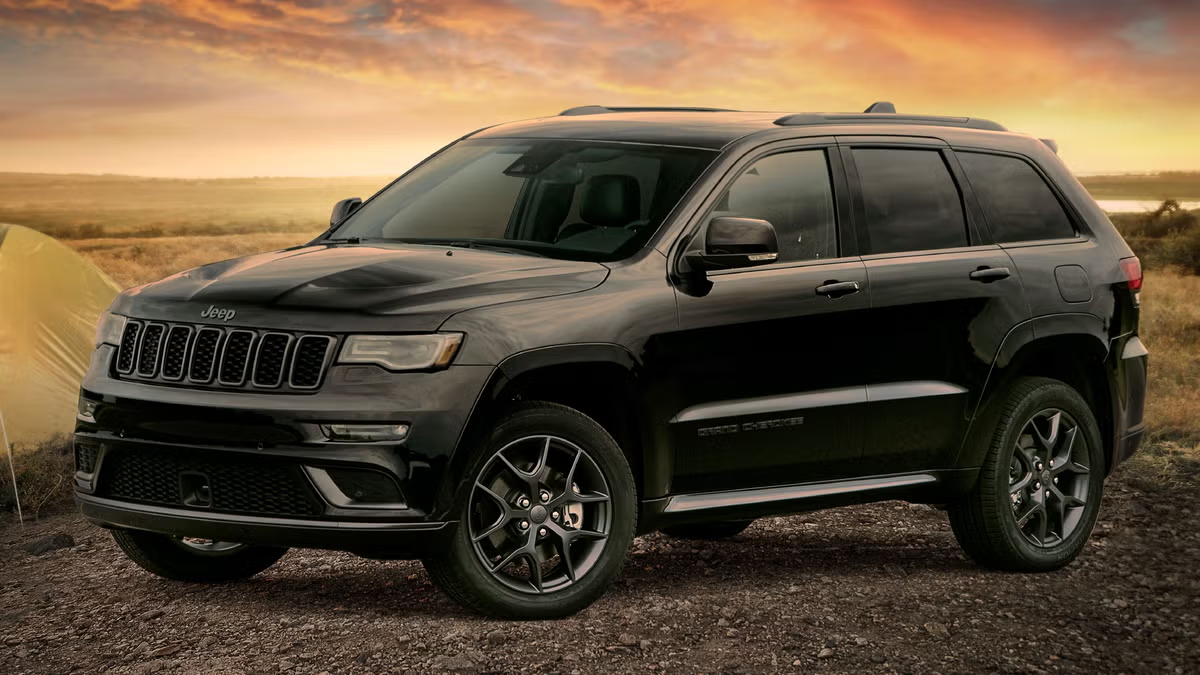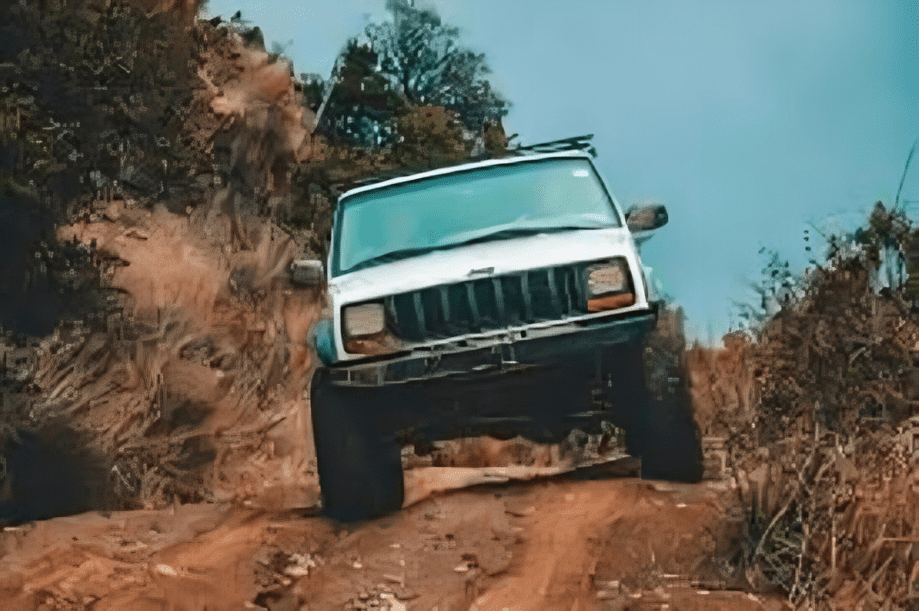Off-road driving is one of the most thrilling ways to explore the great outdoors. Whether you’re tackling rocky trails, muddy paths, or sandy dunes, the excitement and challenge of off-roading are unmatched. However, to make the most of your off road adventure, you need to be properly prepared. Having the right gear not only ensures your safety but also enhances the experience, allowing you to tackle tough terrains with confidence. In this blog post, we’ll break down the essential gear every off road enthusiast should have for a safe and exciting adventure. From vehicle accessories to safety tools, here’s everything you need to take your off-road driving to the next level.
1. Off-Road Tires
Why it’s essential?
One of the most important components for off road driving is the tire. The type of tire you use can make or break your experience on challenging terrain. Off road tires are designed with larger treads and tougher sidewalls to handle rough, uneven surfaces. These tires provide better traction on mud, rocks, snow, and sand, ensuring you don’t get stuck or lose control.
Key features to look for:
- Larger, deeper treads for better grip
- Reinforced sidewalls to resist punctures
- A mix of mud, all-terrain, or sand tires based on your destination
Tip: Always check the tire pressure before heading out too much air pressure can make off-roading more difficult, while too little can cause tire damage.
2. Recovery Kit
Why it’s essential?
Off-road adventures are unpredictable, and there’s always a chance that your vehicle might get stuck or experience a breakdown. A recovery kit is a must-have to get your vehicle back on track. This kit typically includes essential tools like a winch, recovery straps, shackles, and a high-lift jack.
Key items in a recovery kit:
- Winch: A powerful tool for pulling your vehicle out of sticky situations.
- Tow Straps/Recovery Straps: For pulling your vehicle out of mud, sand, or snow.
- Shackles & D-Rings: For connecting the winch and recovery straps securely to your vehicle.
- High-Lift Jack: Ideal for lifting your vehicle in off-road conditions where traditional jacks can’t be used.
Tip: Practice using the recovery gear in a safe area before heading out on an off-road adventure so you’re prepared in case of an emergency.
3. Air Compressor
Why it’s essential?
Tire pressure plays a crucial role in off-road driving. When driving over rough terrain, it’s often beneficial to deflate your tires to increase surface area and enhance traction. However, after conquering the trail, you’ll need to re-inflate your tires to normal pressure for highway driving. An air compressor is the perfect solution for this task.
Key benefits:
- Allows you to adjust tire pressure for optimal performance on different surfaces.
- Easy to use and portable for off-road excursions.
- Recharge your tires after deflating them on tough trails.
Tip: Choose a high-quality, portable air compressor with a sufficient PSI rating to handle all types of off-road tires.
4. Off-Road Lights
Why it’s essential?
Off-roading isn’t limited to daylight hours, and many off-roaders enjoy night driving under the stars. Having off-road lights installed on your vehicle is critical for ensuring visibility in low-light conditions. These lights are designed to withstand the rough conditions of off-roading and provide high-intensity beams to light up the trail ahead.
Types of off-road lights:
- LED Light Bars: Offer wide and powerful beams of light, ideal for lighting up the trail.
- Spotlights: Provide a focused beam for specific obstacles or distant areas.
- Fog Lights: Essential for driving through mist or dust, they provide wider visibility closer to the ground.
Tip: Be sure to check your local regulations regarding the use of off-road lights, as they may have restrictions on when and where they can be used.
5. Skid Plates and Rock Sliders
Why they’re essential?
Off-road trails can be tough on your vehicle’s undercarriage, which is why skid plates and rock sliders are a must. Skid plates protect critical components like the transmission, oil pan, and fuel tank from rocks and debris. Rock sliders protect the side of your vehicle from damage when navigating narrow trails or obstacles like boulders.
Key benefits:
- Protects your vehicle from damage while driving over rocks and uneven surfaces.
- Keeps critical components safe, reducing the risk of costly repairs.
- Adds durability to your vehicle for tough off-road conditions.
Tip: Be sure to select skid plates and rock sliders that are designed for your specific vehicle model for the best fit and protection.
6. Navigation System and GPS
Why it’s essential?
When venturing into the wild, it’s easy to lose your way or become disoriented. A reliable navigation system is crucial for ensuring you stay on track and find your way back safely. Many off-road GPS systems are specifically designed to handle the rugged conditions of off-roading, offering detailed maps of trails and unpaved roads that standard GPS systems may not cover.
Key features to look for:
- Off-road specific maps and route tracking
- Durable and weather-resistant casing
- Long battery life for extended trips
Tip: Consider using apps on your phone that offer offline map features and trail guides, or invest in a handheld GPS unit built for off-road navigation.
7. First-Aid Kit
Why it’s essential?
Off-roading often takes you into remote locations where help might not be nearby. A well-stocked first-aid kit is a vital piece of gear to have in case of emergencies. It should include bandages, antiseptics, pain relievers, tweezers, and more. It’s important to know how to use the items in your first-aid kit, so take a basic first-aid course if you haven’t already.
Key items to include:
- Adhesive bandages and gauze
- Antiseptic wipes and ointments
- Pain relievers and anti-inflammatory medication
- A splint for broken bones
Tip: Regularly check your first-aid kit to ensure all items are in good condition and replace expired supplies.
8. Tool Kit
Why it’s essential?
A tool kit is a must for tackling mechanical issues that may arise during an off-road adventure. From fixing minor problems to making more extensive repairs, a quality toolkit can keep you on the move. Be sure to pack tools like wrenches, screwdrivers, pliers, duct tape, and zip ties.
Key tools to include:
- Wrenches and pliers
- A multi-tool with various functions
- Electrical tape and duct tape
- Zip ties for temporary fixes
Tip: Choose a compact, durable tool kit that’s easy to store in your vehicle and brings the right tools for your specific off-roading needs.
9. Extra Fuel and Water
Why they’re essential?
Off-roading often takes you into remote regions with few resources. Carrying extra fuel ensures you won’t run out in the middle of nowhere, and extra water keeps you hydrated on long trails. Always overestimate how much fuel and water you’ll need having too much is better than not enough.
Key benefits:
- Prevents running out of fuel in remote areas.
- Keeps you hydrated during hot, strenuous adventures.
- Ensure you have extra fuel for emergencies or detours.
Tip: Carry a sturdy jerry can for extra fuel and invest in a high-quality, leak-proof water container.
Conclusion
Off-road driving is an exhilarating adventure, but it comes with its own set of challenges. By investing in the right gear, you’ll be well-prepared for whatever the trail throws at you. From off road tires and recovery kits to navigation systems and first-aid kits, each piece of gear plays a crucial role in ensuring both your safety and the success of your adventure. So, get geared up, plan your route, and hit the trails your next off road journey awaits!
Frequently Asked Questions (FAQs) About Off-Road Driving Gear
1. Why are off-road tires essential for my adventure?
Off-road tires provide better traction on rough, uneven surfaces such as mud, sand, and rocks. Their larger treads and reinforced sidewalls ensure better grip and reduce the risk of getting stuck or losing control.
2. What should be included in a recovery kit?
A recovery kit should contain essential tools like a winch, recovery straps, shackles, and a high-lift jack. These items help you get your vehicle out of tough situations like being stuck in mud, snow, or sand.
3. How does an air compressor help during off-roading?
An air compressor allows you to adjust your tire pressure for optimal performance on different terrains. It’s useful for deflating tires on tough trails and re-inflating them for highway driving afterward.
4. Why are off-road lights necessary?
Off-road lights improve visibility when driving in low-light conditions, such as at night or in foggy weather. They are designed to withstand rough conditions and provide high-intensity beams to illuminate the trail.
5. What are skid plates and rock sliders used for?
Skid plates protect your vehicle’s undercarriage from rocks and debris, while rock sliders protect the sides of your vehicle when navigating narrow trails or obstacles. Both add durability and prevent costly damage.
6. How important is a navigation system for off-roading?
A navigation system is crucial for staying on track in remote areas. Off road GPS systems are specifically designed for rugged conditions, offering detailed maps of trails and unpaved roads to help you navigate safely.
7. What should be included in a first-aid kit for off-roading?
A first-aid kit should include essential supplies like adhesive bandages, antiseptics, pain rel










